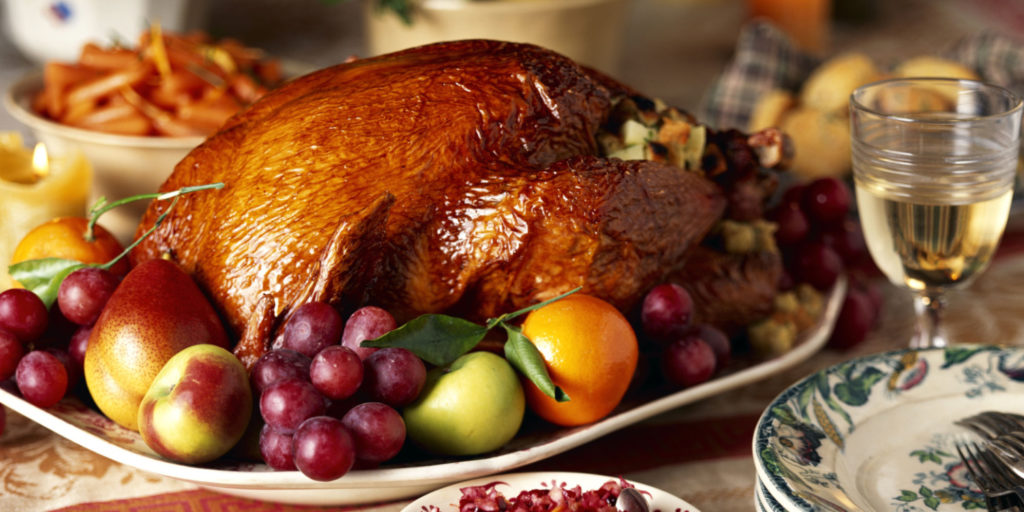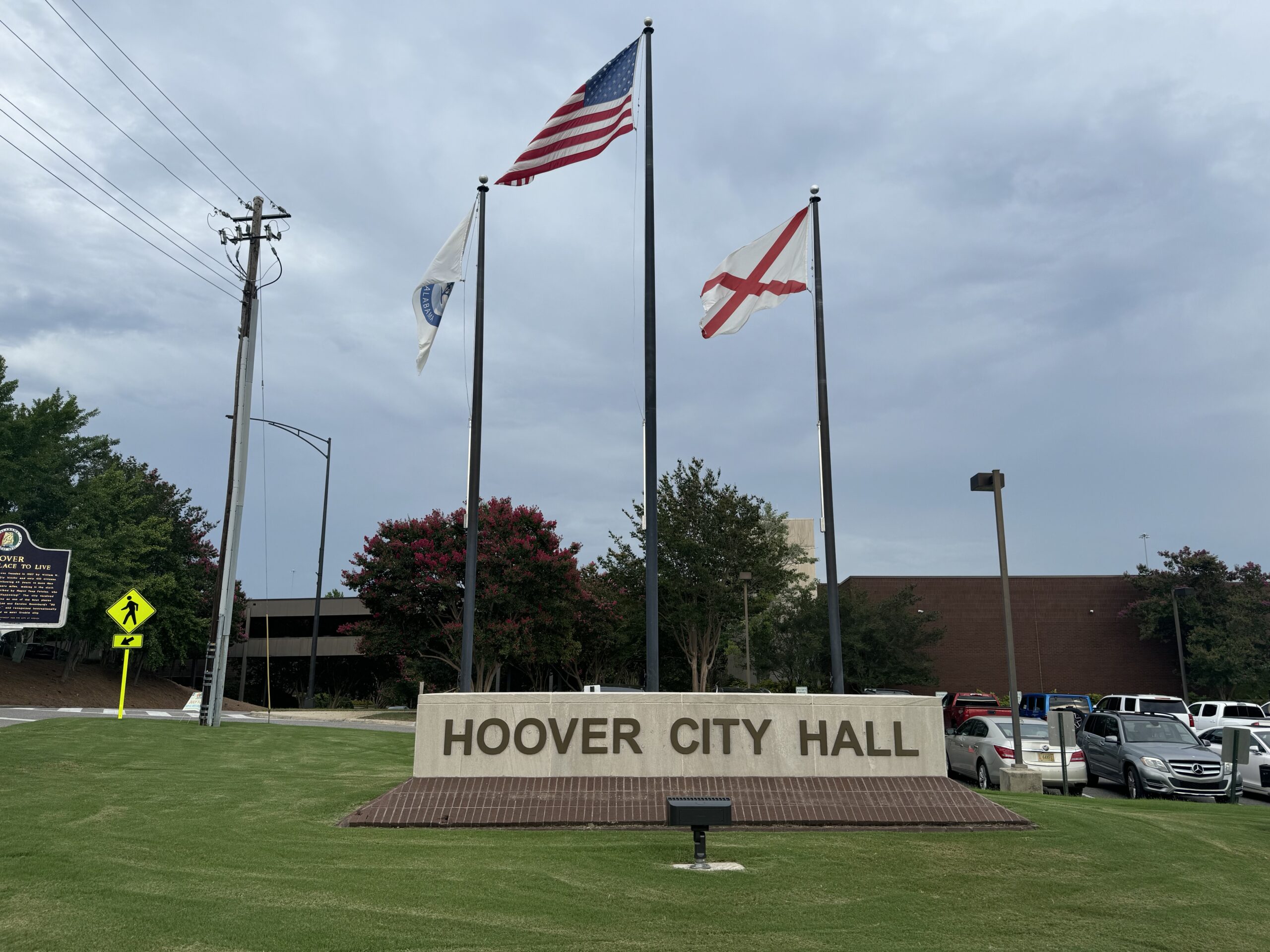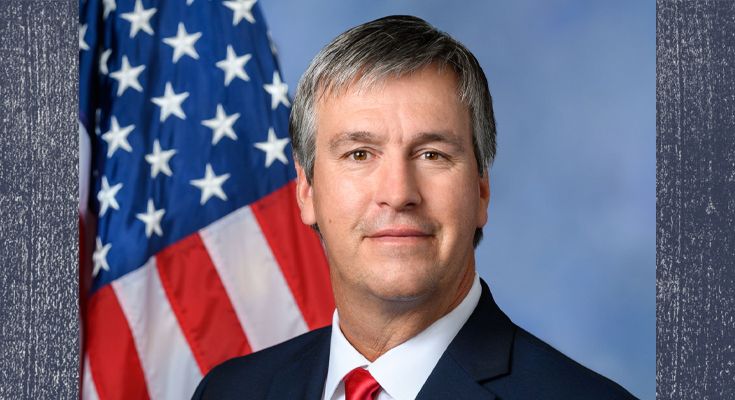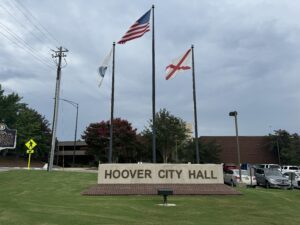Today is Thanksgiving. 401 years ago, the Pilgrims celebrated their first harvest in the New World with their Wampanoag Indian friends with a feast.
We remember that celebration each year with a feast of our own. We eat turkey, dressing, ham, macaroni and cheese, butter, rolls, dressing, green bean casserole, corn on the cob, applesauce, sweet potato casserole, pumpkin pie, apple pie, decorated cakes, cranberry sauce, mashed potatoes, stewed onions, and other treats. But is this what the Pilgrims ate at the first Thanksgiving? Not quite.
Most of us serve turkey on our Thanksgiving Day table. Did the Pilgrims? We don’t know. William Bradford tells us that the Pilgrims found lots of wild turkeys in the area, and the local Indians may have had domesticated turkeys.
Turkeys were first domesticated in what is now Mexico as early as 800 B.C. The Anasazi raised domesticated turkeys in the southwestern United States by 200 B.C. The Indians of the Southeastern U.S. of the Mississippian culture were raising turkeys as early as the thirteenth century A.D. The first domesticated turkeys appear to be raised for their feathers which were used for feathered blankets, and headdresses and to improve the accuracy of Native American arrows. The Spanish Conquistadors brought the bird to Europe, where they were a popular Christmas dinner in England by the mid-sixteenth century.
Some of the Pilgrim men went hunting prior to the feast, and they collected a large number of “wild fowl.” It is likely that these “wild fowl” included turkeys, but they likely also harvested wild geese, ducks, pigeons, doves, and other wild birds.
You can have a roast or prime rib on your Thanksgiving Day table, but the Pilgrims did not have beef at the first Thanksgiving. In fact, the only animals we know for sure that came on the Mayflower were two dogs: an English mastiff and an English spaniel because they are mentioned in the annals of the Pilgrims. We know there was no beef and a major butter shortage as a result of not having cattle. The ship ‘Anne’ arrived in 1623, bringing the first three cows: nicknamed the “Great Black Cow,” the “Lesser Black Cow,” and the “Great White-Backed Cow.” More arrived on the ‘Jacob’ in 1624.
Now many of us have ham on our Thanksgiving Day table. It is not known for sure when the first pigs arrived at Plymouth. It appears that they had chickens because Edward Winslow gave chicken broth to Massasoit when he was sick in 1623. That year Emmanual Altham visited Plymouth, and reported there were six goats, fifty pigs, and many chickens. If there were any pigs at the First Thanksgiving (and that’s debatable), they were probably in the growing and multiplying stage, so they likely weren’t on the menu.
Now, if you have venison on your Thanksgiving Day table, you are being very historically accurate. We know that the visiting Wampanoag Indians brought five deer to the feast.
If you are serving seafood, you are also likely being historically accurate. Bradford tells us that the Pilgrims were able to successfully dig up eels at night from their beds and that mussels were plentiful. Cod would also have been a common foodstuff at the time.
If you have corn on your table, you are being accurate to a point. The Pilgrims had corn, wheat, and oats, so they were able to make breads and porridges. Now they did not have sweet corn, so corn on the cob or kernel corn would not have been present.
Many of us have mashed potatoes or potatoes au gratin. While potatoes were grown in the Americas since ancient times by the Native Americans – that was in South America, not North America. The first potatoes in North America were gifted by the Governor of the Bahamas to the Governor of Virginia in 1625 – after the Thanksgiving feast. Likewise, there were no sweet potatoes at the first Thanksgiving as they weren’t in North America yet. There also were no apples.
The Pilgrims likely had cranberries – they did not have cranberry sauce as there was a major shortage of sugar. Certainly, squash and pumpkins were at the first Thanksgiving, but without butter and sugar, the pies and cakes that we eat in our deserts today would have been impossible then. They also had not had time to build ovens yet so most of the food was cooked in a pot or a spit over an open fire, which further limited what those Pilgrim chefs could do.
The Pilgrims had onions, carrots, peas, turnips, beans, and other foods from their home gardens. Many of these were stuffed into the waterfowl or were served boiled, and gravies and broths are also likely historically accurate.
The Pilgrims would also have had walnuts, acorns, and chestnuts in quantity as those trees were commonly found in the forests of the day.
We love our macaroni and cheese, but it was not invented until the 19th century, so no, the Pilgrims were not eating mac & cheese (they also had no cows – so no cheese). We also like to eat green bean casserole, but it was not invented until the mid-20th century.
The Pilgrims brought beer, cider, and wine with them, but they would have run out of any stores in that first year, so there likely were not any such drinks served.
To connect with the author of this story, or to comment, email brandonmreporter@gmail.com.
Related
Share via:














